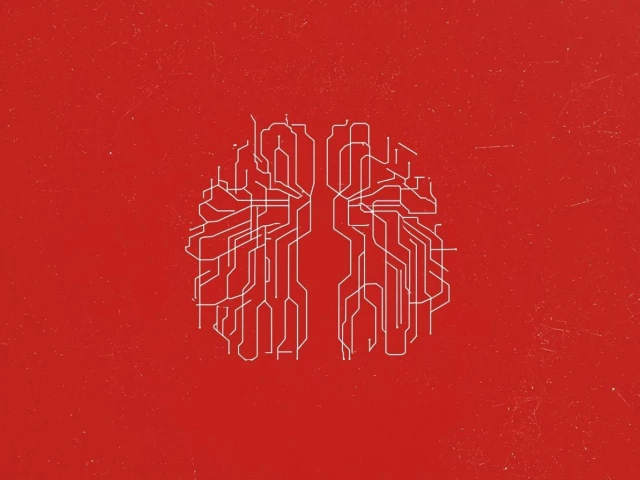Have you ever wondered why farmers in hilly areas use farming methods that are different from those in the plains? Why do farmers in some regions grow rice and sugarcane, while others focus on pulses? Or why do people often prefer to walk or ride a bike for short trips instead of driving a car? The same reasoning explains why the Karachi Circular Railway ceased operations in the 1990s and why the Pakistan Steel Mills halted production in 2015. It all comes down to economics: activities continue only if their benefits outweigh their costs. Yet, surprisingly, some policies within our higher education institutions persist even when they fail the simplest cost-benefit test.
A typical example is the process of hiring at a university in Pakistan. Universities operate under a fragmented employment system: administrative staff are appointed to the Basic Pay Scale (BPS) or through the Tenure Track System (TTS).
Most faculty are employed through the conventional BPS route. Administrative staff and TTS faculty follow clear, time-based career paths and BPS faculty do not. Their advancement depends on new job advertisements, requiring reapplication and competition for higher positions each time.
These advertisements are governed by a so-called “need assessment,” which generally considers four factors: student enrolment, teaching workload, the number of existing faculty, and the availability of sanctioned posts.
Two weaknesses in the “need assessment” are immediately apparent but seldom acknowledged: (a) current faculty members’ eligibility is not formally included in this analysis, and (b) the criteria tend to disadvantage lower-rank faculty, since departments with more junior faculty often seem less “needy” because lecturers and assistant professors usually carry heavier teaching loads.
Despite these apparent flaws, the system is often justified by the principle of meritocracy. The idea that open competition for BPS faculty attracts the most “talented minds” from across the country is frequently used to defend its continuation. In theory, this may seem fair – after all, who could oppose open competition? But in practice, it maintains inequality under the pretence of merit. As the following analysis demonstrates, this assumption does not hold, at least not within Pakistan’s institutional and incentive environment.
The analysis relies on the most recent faculty recruitment advertisements from six of the largest public universities in Khyber Pakhtunkhwa, which collectively announced 339 positions across the disciplines. A simple review of these advertisements reveals a striking imbalance: for every single lecturer position advertised, universities announced about 6.5 assistant professors, five associate professors, and 3.7 full professors. To test whether open competition attracts the most talented candidates, the study examined whether job advertisements were linked to merit or to the presence of eligible “insiders” - faculty members already serving in the immediate lower rank within the same university and department. Using data from each university’s official website, the number of advertised positions in each discipline was compared with the number of eligible insiders who could apply for the position.
The correlation analysis exposes the fragility of the “need-assessment” and “talented-mind” recruitment hypothesis. The correlation between insider availability and advertised posts ranges from 0.27 at lower ranks to 0.69 for professor positions, suggesting that insider presence strongly predicts whether a vacancy is announced. The higher the rank, the stronger the correlation, reflecting how the system systematically disadvantages lower-ranked faculty.
Even when tested with more advanced regression models, the pattern remains consistent: each additional insider significantly increases the likelihood of a post being advertised, while vacancies are rarely announced in their absence. Essentially, supply drives demand: positions arise when insiders are ready for promotions, not when institutional needs require them.
The fact that the correlation coefficient ranges from 0.27 to 0.69 but never reaches one highlights an important point: vacancies are announced selectively for certain insiders, not for all eligible candidates. Each recruitment cycle thus produces winners and losers within the same institution, and that is where the real harm begins.
- First, since career progression relies less on performance and more on the will of those in power, faculty naturally concentrate their efforts on pleasing administrators rather than improving their teaching or research quality.
- Second, the excluded faculty often become disillusioned, disengaged, or caught up in prolonged litigation, diverting attention from the classroom and research.
- Third, such practices foster a culture of nepotism, mistrust, and internal division, where personal connections are prioritized over merit.
- Fourth, collaboration and innovation suffer as faculty view each other as competitors for scarce opportunities rather than partners in academic growth.
- Finally, the system demotivates younger scholars, resulting in brain drain and weakening the institutions’ intellectual vitality.
Ultimately, the teaching-learning process suffers the most as faculty priorities shift from pedagogy and scholarship to institutional politics and personal survival. The consequences are visible across multiple fronts: Pakistan consistently ranks among the lowest in skill development; the gap between university education and job market needs continues to widen; institutions are producing graduates trained only to teach but lacking practical skills; many remain jobless despite holding degrees; and an increasing number of graduates fail to qualify even the local competitive examinations. As one study finds, teacher working conditions are student learning conditions - a reality clearly reflected in our universities, where the erosion of faculty incentives mirrors the decline in student learning outcomes.
So, are we sowing the right crop given the nature of our soil? Clearly not. The evidence indicates that the costs of persisting with the current hiring practices in universities, especially the BPS faculty, far outweigh any perceived benefits. Ignoring the simple logic of costs and benefits may be a luxury for some oil-rich nations, but not for our struggling higher education system. Our universities cannot afford to defy economic reason when their financial soil is already dry. Even the dwindling student enrollments in several universities are a quite signal that the system is losing its vitality.
The American Association of University Professors rightly asserts that career advancement is a right accruing to all faculty members, not a privilege reserved for a select few. Therefore, it is time for our universities to realign their hiring policies, recognizing that nurturing fair and transparent career progression is not just an ethical imperative but a necessary step towards restoring institutional integrity and academic purpose.
Dr. Ikram Ullah is an economist and academic based in Khyber Pakhtunkhwa. His research concentrates on higher education policy, institutional reform, and development economics.



COMMENTS
Comments are moderated and generally will be posted if they are on-topic and not abusive.
For more information, please see our Comments FAQ